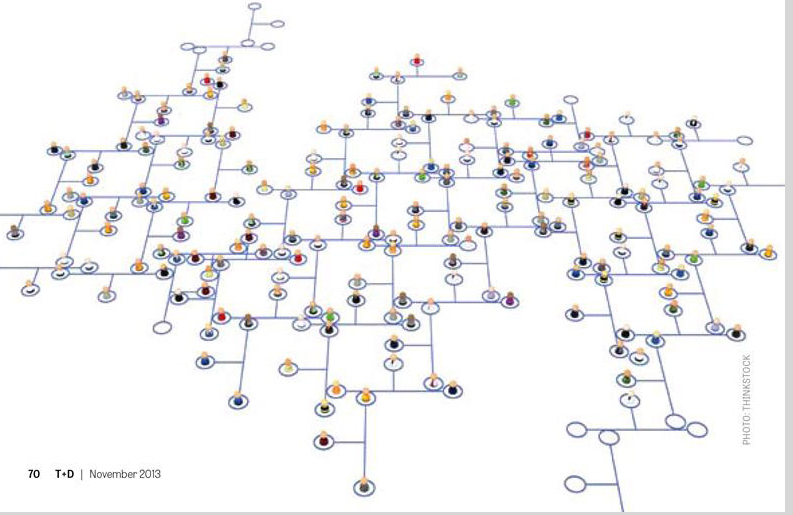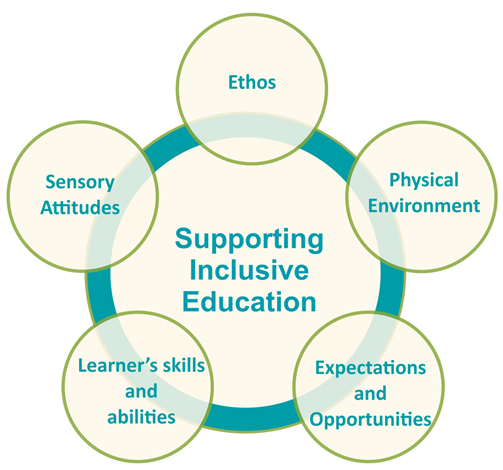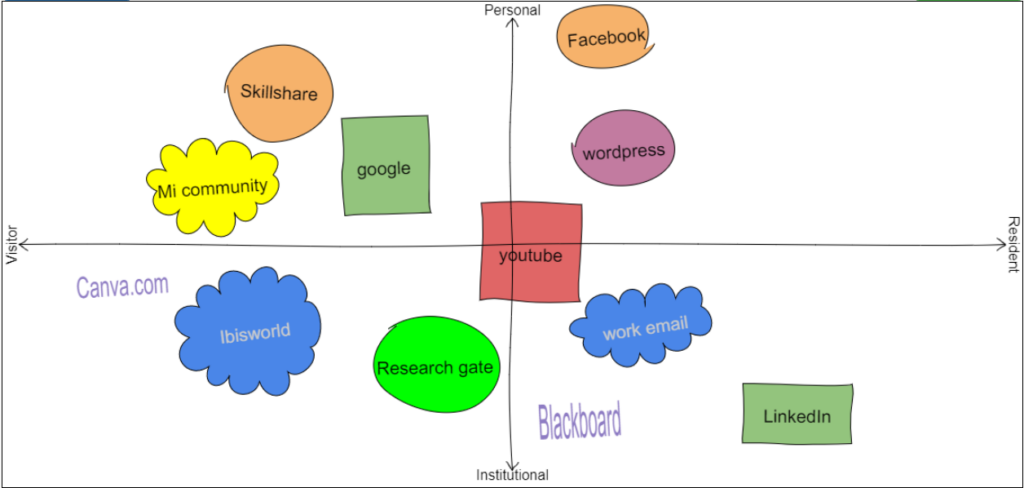Community engagement in a PLN requires content curation, which is, fining appropriate content and sharing with PLN followers in a style that creates value. I find curated content from companies and professionals who are better informed about their field than the audience. I create Twitter list for those organizations or individuals who post verified content that can add value to my PLN. BuzzoSumo is a too that helps me to find content that produce the highest engagement based on search terms and key words.
Using Curated content is essential for earning a good reputation as a trusted source of information and knowledge to a PLN (Navigating Social Journalism). Sharing content that creates engagement and debate on social media helps me to become a thought leader and grow my network. Whenever I share content, I let the content creators to know that I appreciate their post to make them approve my followership and to appreciate other contents that I share as well.
According to Vance (2021), the crucial questions to ask before sharing content are as follows: Is the content worth sharing or unique? Should the content be shared to the public or to specific individuals? Why would the content help them? Is the source trustworthy? I also share my personal thoughts on the content while sharing it with others, which generates debate and various opinions that can help me grow my thinking.
The social media has various risks especially for popular people like professional journalists, celebrities, companies, and popular lawmakers. This is because public conversations can generate opposing views especially in the international context (Doran et al., 2018). For example, Kamau Bobb, the former head of diversity at Google, was fired in 2021 for a post he had shared on public spaces in 2008. The post described the Jews as people with appetite for war because of their rivalry with the Palestinians. Taking that example that regards a professional in the diversity field, it is always good to think of how a certain post can affect a different group elsewhere.
References
Doran, H., Burdett, H., Butterworth, L., Crawford, T., Cenci, W., Chipampe, N. J., … & Wright, C. (2018). What Works?: Engaging the Public Through Social Media. https://www.publicengagement.ac.uk/sites/default/files/publication/what_works_engaging_the_public_through_social_media_november_2018.pdf
Navigating Social Journalism: A Handbook for Media Literacy and Citizen Journalism by Martin Hirst Chapter 6. Social Journalism and the Gig Economy pp.142. http://ezproxy.library.uvic.ca/login?
Vance, J. (2021). In the Public-Eye – Social Media and Broadcasting. https://www.youtube.com/watch?v=E-NnpQJdl0A



Recent Comments